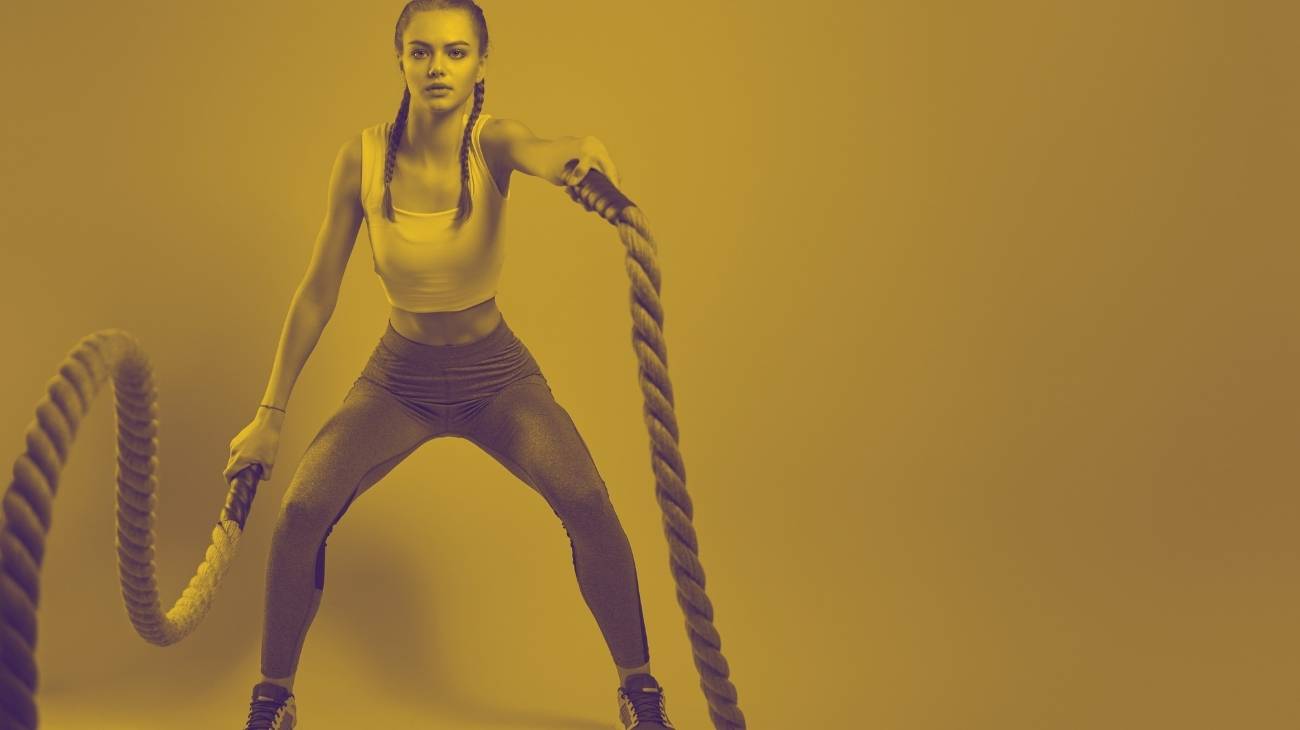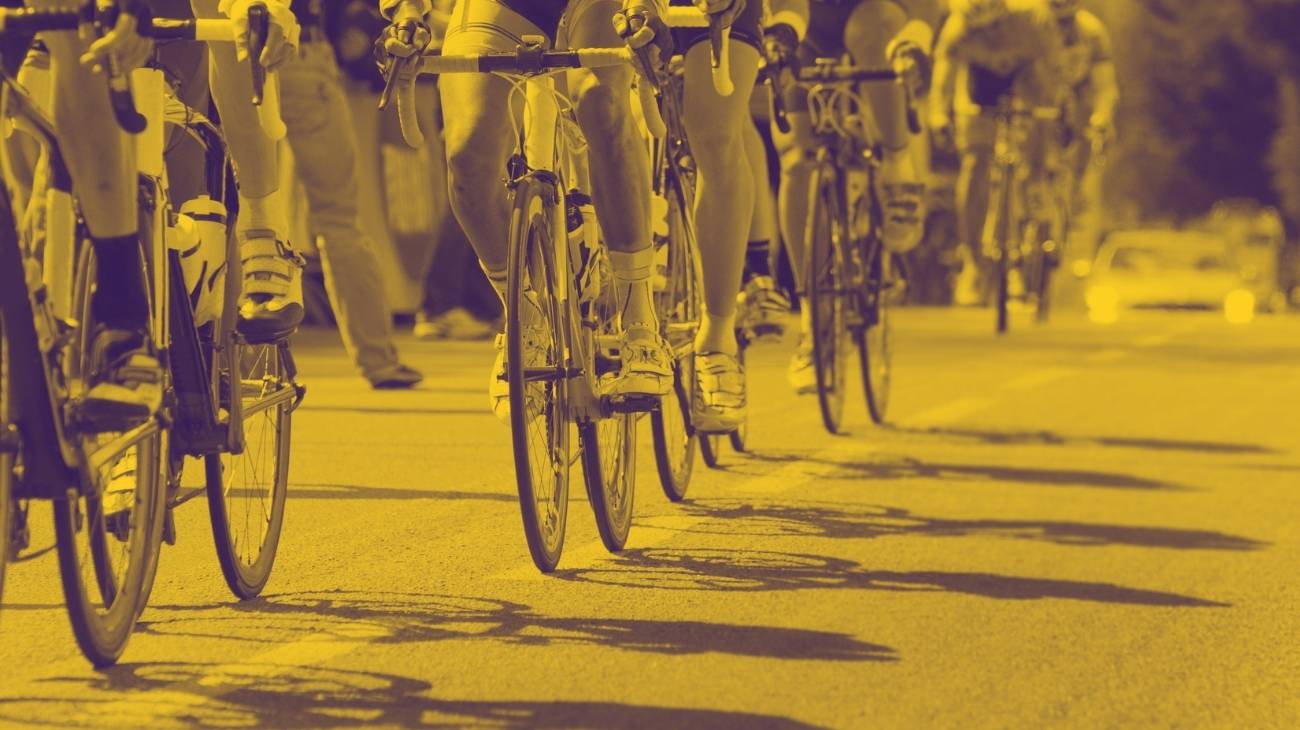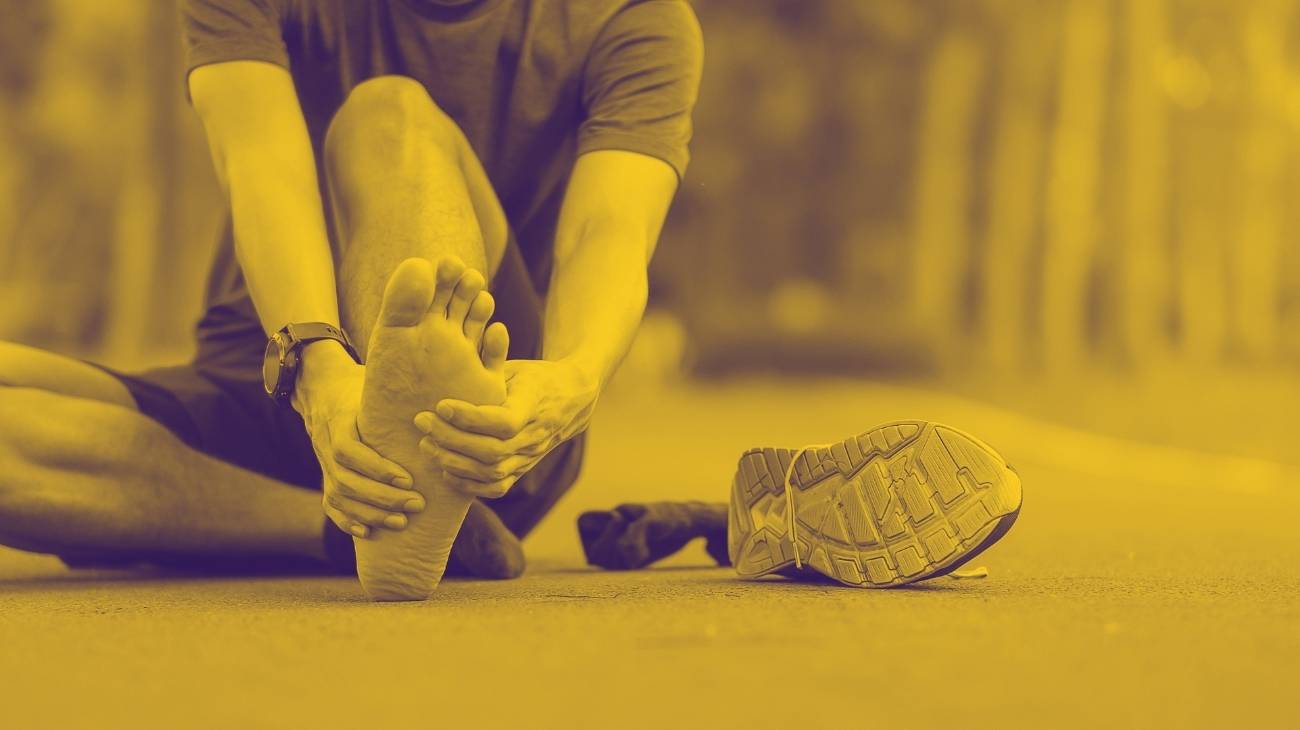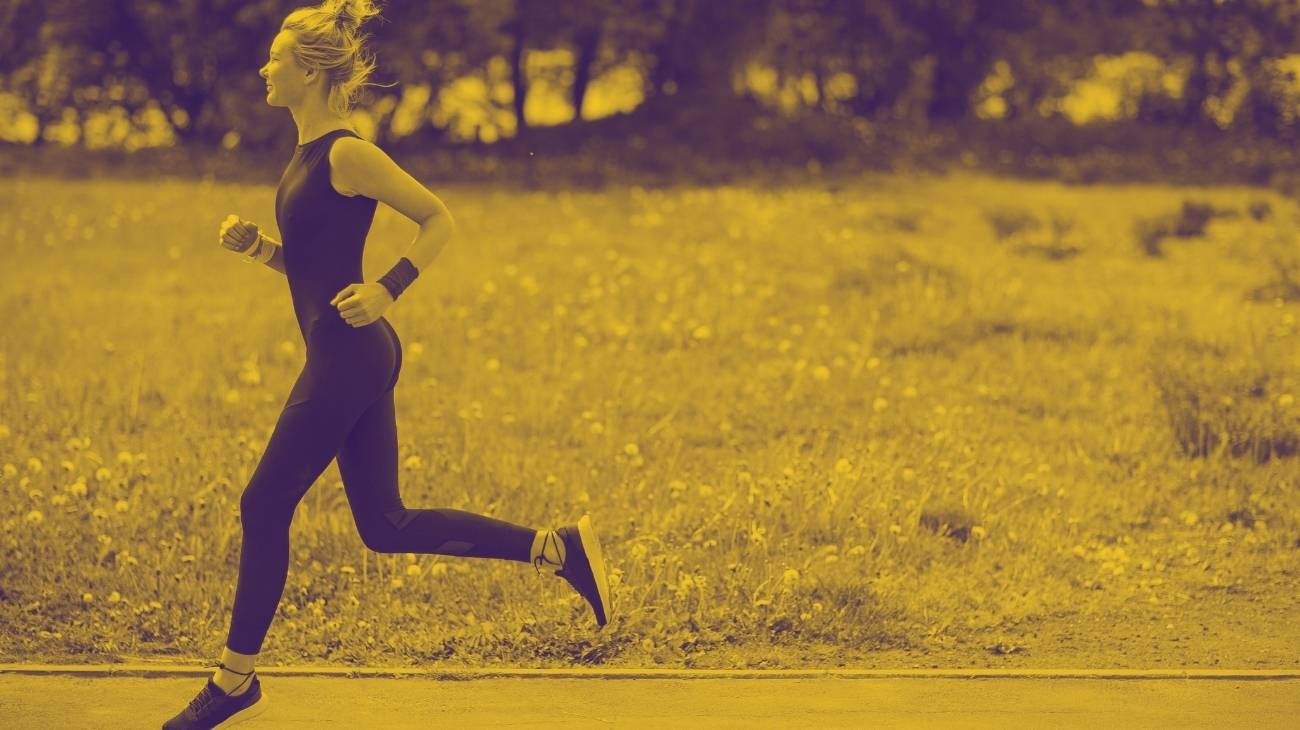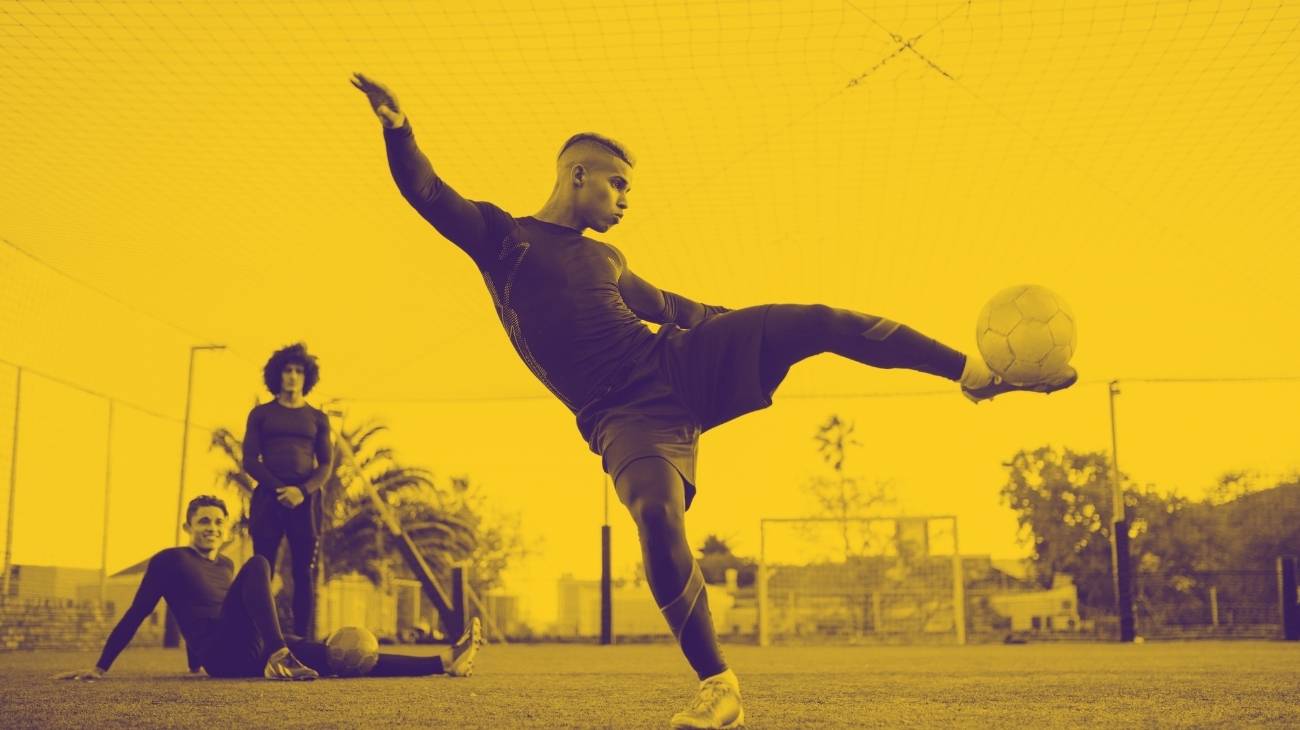- What is the best calf compression sleeves for hiking?
- Video: Muscle calf anatomy
- Types of compression socks you should know about
- What are the most common injuries during hiking and mountain sports?
- Buying guide: Tips on how to buy the best compression socks for hiking
- Advantages and benefits of calf braces for hiking
- Are compression socks really effective in improving performance in mountain sports?
Mountain sports differ from other sports because they are practiced in an environment with special climatic and physical characteristics, which is why they attract the attention of all adventurers. Among the most common are: Hiking, climbing, mountaineering, trekking, etc. They are practiced by people of all ages in competitions or as a leisure activity.
However, although they improve cardiovascular health, tone muscles and increase overall strength, they also have their drawbacks. This is due to the injuries that can be caused by such activities. Here you can learn more about these injuries and the effects of compression socks to help you avoid them.
What is the best calf compression sleeves for hiking?
- Good compression
- Variety of designs and colors
- Few sizes in some models
The compression generated improves blood circulation and brings more energy to your feet due to the exchange of oxygen that occurs with the tissues. Its structure is designed so that it does not slip during use so it is perfect for soccer, basketball and any physical training. For people suffering from Achilles tendonitis, the compression and stability of this compressive garment may be insufficient.
- Sizes: S-M-L-XL
- Colors: 3 Options: Black, Blue, Pink
- Material: Nylon
- Nº of Products: 2 Pack
- Type: Sleeve
- Graduated compression
- Ergonomic design
- Too bulky
Its 5-needle mesh back, surrounded by an elastic support, generates the necessary adjustment to keep the calves in perfect condition and avoid vibrations from shocks. It stimulates blood circulation and, thanks to the quality of the materials, its durability is greater than that of other compression socks. In some people who need to stand for long periods of time, compression is likely to cut off blood circulation.
- High compression
- Quality materials
- Variety of designs and colors
- Lightweight design
- Delicate wash
- Small sizes
It can be used by any type of person because its unisex sizes are designed to strengthen the Achilles tendon and provide greater blood circulation to the areas that generate fatigue in the feet. It is ideal for rehabilitation, traveling, avoiding swelling during pregnancy and playing sports. The elastic running sleeve may be uncomfortable and not very useful in calves with advanced tears.
- Sizes: S(10"-12.5")-M(12.5"-15")-L(15"-18")-XL(18"-21")
- Colors: 3 Options: Black, Blue, Pink
- Material: Nylon, Lycra
- Nº of Products: 2 Pairs
- Type: Sleeve
- Good compression
- 2 For any activity
- For any activity
- Anti-slip strap
- Delicate wash
- Large sizes
The pair of socks that we present to you is suitable to be worn by both men and women, thanks to its different sizes that easily adapt to the anatomy of the leg. Its fabric side supports provide greater comfort and support during training at the gym or at work. It is important to keep in mind that the use of this calf support can accumulate sweat in summer or high temperatures.
- Variety of designs and colors
- Quality materials
- Few sizes
The upper compression band acts as a patellar support to protect the meniscus and cruciate ligaments. The gradual pressure, originated by the design of the fabric, generates the same stability as a kinesiology bandage, so the athlete's performance increases considerably. Please note that the compressive elastic splint may generate itching and tingling sensation in some users.
- Sizes: S-L-XL(14-16in)-XXL(16-22in)
- Colors: 4 Options: Gray, Black, Blue, Pink
- Material: Breathable
- Nº of Products: 2 Pack
- Type: Sleeve
- Good compression
- Ergonomic design
- Variety of designs and colors
- Quality materials
- Not machine washable
- Does not specify material
The support provided to the calf by this compressive brace stimulates blood circulation, making it possible to combat foot fatigue and varicose vein pain. The double stitching of the lightweight fabric does not cause irritation, but it is important to know that, in some cases, the feeling of leg fatigue does not diminish with the use of this compressive garment in the short term.
- Sizes: S(13")-M(14")-L(15"-17")-XL(17"-19")
- Colors: 4 Options: Beige, Black, Blue, Pink
- Material: Nylon
- Nº of Products: 2 Pack
- Type: Sleeve
- Graduated compression
- Variety of designs and colors
- For any activity
- Quality materials
- Delicate wash
- Too bulky
The increased stability and compression are generated by the specially designed back support, with an adaptable fabric, which is located right at the calf. The fabric material, made of high quality breathable yarn, is prepared to cushion the impacts of jumps and avoid injuries to the Achilles heel. You should consider that, in some specific cases, the compression sleeve does not relieve pain or reduce cramps.
- For any activity
- Three compression zones
- Breathable
- Natural Carbonized Bamboo
- Only one size
- Delicate wash
- Only one per order
Its structure consists of three compression zones strategically distributed to achieve greater stability in the calf and shin. The silicone material and the technology applied to regulate heat and eliminate odors, make this compression sleeve one of the most sought after by athletes. If you are not accustomed to wearing a brace, be aware that compression may cause lack of sensitivity in the feet and increase muscle pain in the calves.
Video: Muscle calf anatomy
Types of compression socks you should know about
What are the most common injuries during hiking and mountain sports?
There is no doubt that sports in the mountains are exciting for most people at any time of the year. However, being a remote, hostile and difficult to access area, it also poses certain dangers to its users. Thus, if proper precautions are not taken, accidents can occur, leading to the most common injuries in this sport, which are the following
Tendonitis of the fingers
Although the fingers of climbers have great adaptability to the various stresses and demands of climbing, most of them have injuries to the fingers, especially to the tendons. Therefore, this type of tendinitis can be described as a very common pathology among climbers, causing inflammation in a tendon, the fibrous structure that connects the muscle to the bone.
This is mainly due to the constant overloading of the finger muscles while the athlete climbs to the height in question. The result is severe pain that can increase with movement, tingling, swelling, hypersensitivity and difficulty holding objects.
Osteoarthritis of the knee
The most common degenerative knee condition, often affecting athletes who hike. Generally, this condition occurs when the protective cartilage that cushions the ends of bone fragments is worn away. This leads to symptoms such as pain in the area, stiffness, deformity and loss of function.
In this sense, knee osteoarthritis in hikers is a result of overuse due to intense physical work while walking long distances or on mountain trails. In addition, the disease can also be caused by trauma during this sporting and recreational activity. In most cases, it can be cured by conservative treatment (medications, therapies and care measures).
Iliotibial Band Syndrome (ITBS)
Mountain runners and hikers often suffer from this syndrome, which is characterized by acute pain in the lateral part of the knee due to constant friction during extension and flexion of the iliotibial band. Thus, it results from lack of warm-up exercises before exercise, running on uneven surfaces, using poor or unsuitable shoes, and exercising more than necessary.
In general, the damage begins to manifest itself gradually. Initially, the pain occurs only after about 15 minutes of running and disappears at rest. However, when it worsens, the pain intensifies in the area of the knee at the junction of the thigh and shin. As a result, the lateral knee is stiff.
Ankle sprain
An ankle sprain can also affect people who exercise in the mountains, especially in sports that involve running. It essentially occurs when the athlete calf or turns the ankle, causing a sudden abnormal twist in that area. This movement tears the strong ligaments that hold the bones together.
This type of ligament injury from overstretching or tearing causes immediate pain in the area as well as swelling, skin discoloration or bruising, inability to move the foot, and inability to stand and bear weight. It is almost always due to poor technique, improper footwear, or weakness of the ligaments and muscles in this area.
ACL injury
In skiing and other mountain sports, anterior cruciate ligament (ACL) injury is the most serious. The main cause is the mechanism of twisting the thigh on the tibia or hyperflexion of the knee, which tears the anterior cruciate ligament that connects the femur to the tibia and stabilizes the knee joint.
The instability of the knee joint causes patients to be unable to perform movements and promotes the rapid progression of osteoarthritis. It also causes inflammation, pain and difficulty in continuing to play sports. Usually, the condition is triggered by a change in direction while running or a quick turn, a sudden extension of the knee joint or a direct blow.
Buying guide: Tips on how to buy the best compression socks for hiking
Here are the most important aspects to consider when choosing a compression sock, so that you can achieve the best possible performance in mountain sports:
By function
The most important aspect to consider when choosing your compression socks for mountain sports is their function. Since there are different alternatives for many sports and they also depend on the condition or needs of the individual athlete, they promise to perform certain functions: promote venous return, prevent circulatory problems, aid recovery, relieve pain and relieve muscle pressure.
Materials used
Compression socks should be made of a synthetic material that allows sweat gland fluid to pass through, such as nylon, polyester or spandex. Also, make sure the textile garment is reinforced in the toe or heel area to increase protection.
Type of compression
In order for you to reap the benefits of a compression sock while hiking, climbing, skiing, etc., it is important that the sock exerts the right amount of pressure. On average, it is recommended to use a stocking that applies between 15 and 30 mmHg of pressure to the area. This depends on the level of support the brand or manufacturer can provide for the function it certifies.
Size
In short, it is not considered ideal to use one-size-fits-all compression stockings as offered by various manufacturers. Depending on the anatomy of the individual athlete, this may result in inefficient compression (if too large) or restricted blood flow (if too small). It is therefore advisable for the athlete to determine their exact size (by measuring the circumference of the calf or calculating the height to weight ratio) to determine if it is a size S, M, L or XL.
Design
Apart from the color of the compression stocking, it is useful to evaluate the design of the stocking in terms of how it covers the athlete's skin up to a certain height.
Among the most important designs, the following are worth highlighting:
- Compression socks (from the waist to the toes)
- Long stockings (above the knee or mid-thigh)
- Short socks or calf sleeves (from knee to ankle)
- Socks (covering the foot only)
Price
The price of this type of stockings depends on several factors: Brand, function, design, type of fastening and material used. Even if sometimes they seem expensive, it is better to buy them than to negotiate an imitation (they are characterized by their low efficiency due to poor quality).
Advantages and benefits of calf braces for hiking
One way to prevent various injuries that can occur when training for hiking or other mountain sports , is to wear compression socks or calf sleeves. This type of textile element provides protection and important benefits by exerting a controlled force on the legs and feet of the athlete.
Among the best benefits are the following:
- Promotes blood flow and heart rate.
- Provides better support for the muscles.
- Minimize the occurrence of fatigue and / or muscle soreness.
- Improve endurance and aerobic and anaerobic performance.
- Promote rapid recovery after exercise.
- Reduce the impact of the impact that occurs with each step.
- Reduce the risk of inflammation or swelling.
- Protect the limbs from various injuries.
- Retain body heat in cold and/or rainy weather.
- Avoid vibrations, which are often harmful in the long run.
Are compression socks really effective in improving performance in mountain sports?
In short, yes. Because they are textile garments that stimulate optimal blood circulation and promote muscle recovery in a shorter time. This is important to speed up the recovery of the athlete's limbs during rest, especially because it reduces inflammation and muscle pain.
In addition, they can prevent various injuries that are common in hiking sports and provide comfort and muscle support, as well as a thermoregulatory function and improve metabolic efficiency, which is ideal to enhance the athlete's performance during long, high-intensity outdoor activities.
So compression socks for mountain sports are the best garment to enhance sports performance, and if you have an injury, you can get a quick recovery with compression therapy, whose work is effective to improve the internal components of the foot and calf.









